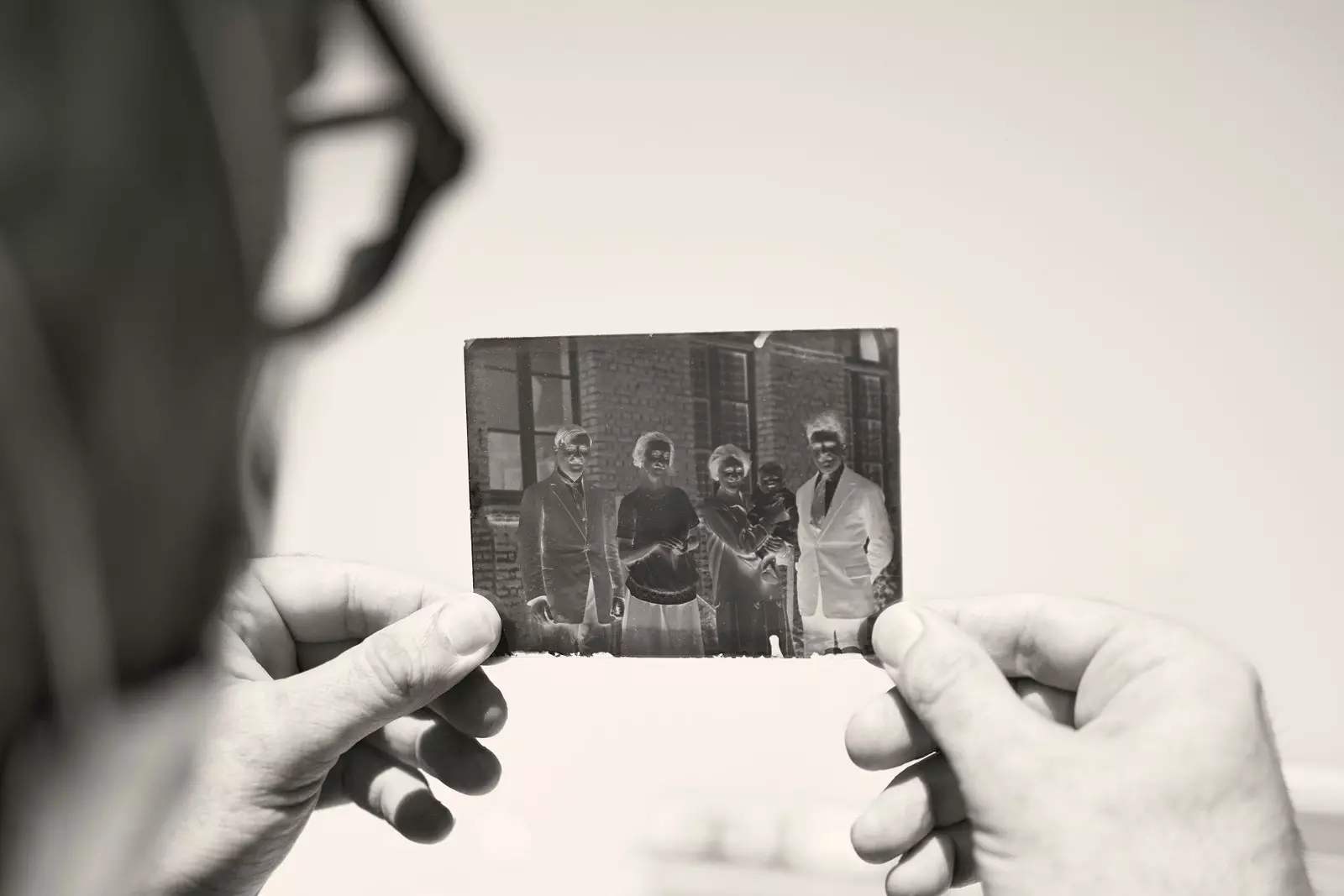
Paco Gómez examines a negative of Wattebled
This is the story of a search that will end and, at the same time, return to its beginning in 124 years , when a collector of rarities finds a rare book at an antiques flea market . He will first notice his cover: a hand to the sky with a negative in his hands; a name, Paco Gomez , and a title, written in low relief: Wattebled or the trail of things . Then, you will notice its smell –a cellar, a crypt, a wet earth– and, finally, its pages: robust, aromatic, a combination of text and dozens of old photos –very, very old– printed in duotone. The book of a hidden journey and mystery in a family album.
The man will ask the seller for his price, although he will already have his decision clear, whatever the figure. In the end, he will leave it to you at a bargain price. "Total, nobody wants those anymore," the seller will say. Then, almost thirty years have passed since the last paper book in history was printed . From that purchase, the collector will experience a rare attraction for that object , for that trip, for its author: a Spanish photographer from the 21st century, Paco Gómez, who launched himself in search of a French photographer from the beginning of the 20th century, Joseph Wattebled, as a result of some glass negatives found in the Rastro de Madrid .
Surprised by chance, man will start, in his turn, a new search, that of that Paco Gómez who toured France by car in search of the remains of an unknown for –as he will read in the book in the author's own words– "the simple fact of «paying homage to those forgotten photos and to that photographer that fate had placed in my hands".
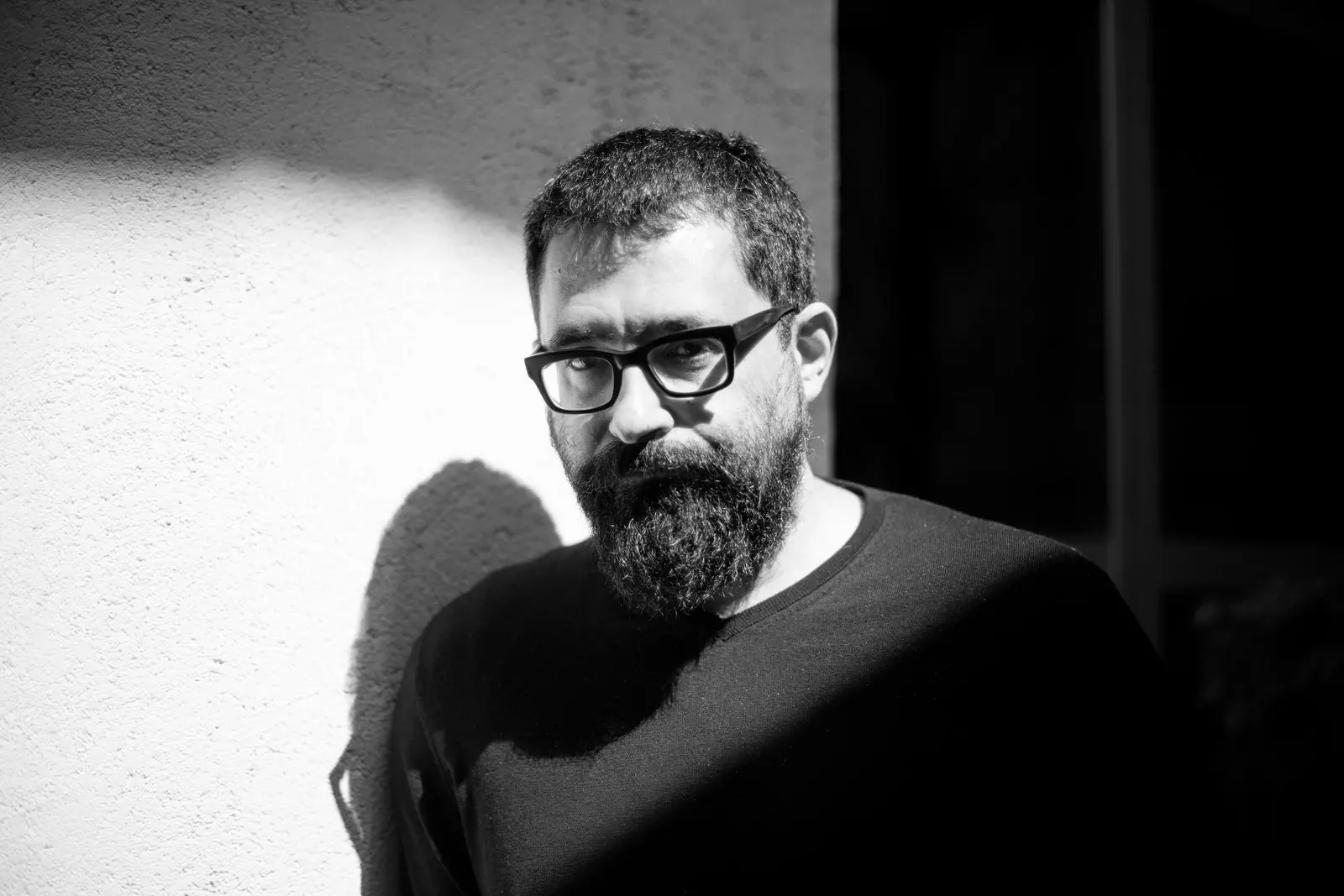
Paco Gomez
The rarity hunter will have to resort to the data provided by the work: a place, Calle Colón, in the center of Madrid , space where Paco Gómez's house was located and where, according to the book, he finished writing his work on April 24, 2020, in full confinement of the COVID-19 pandemic that decimated the world population and served as a prelude to the Second Cold War.
Just like Gomez did with wattable , the collector will turn to the internet to try to put together the pieces of the life of the Spanish photographer, although his task will be much simpler. He will not be forced to investigate dozens of glass negatives with a magnifying glass in search of recognizable traces to locate them in Google Street View nor will he have to follow the trail left by an old envelope, postmarked in 1921 in a town in northern France. The collector will suffice with look for the name of the publisher, created by Paco Gómez himself: Fracaso Books.
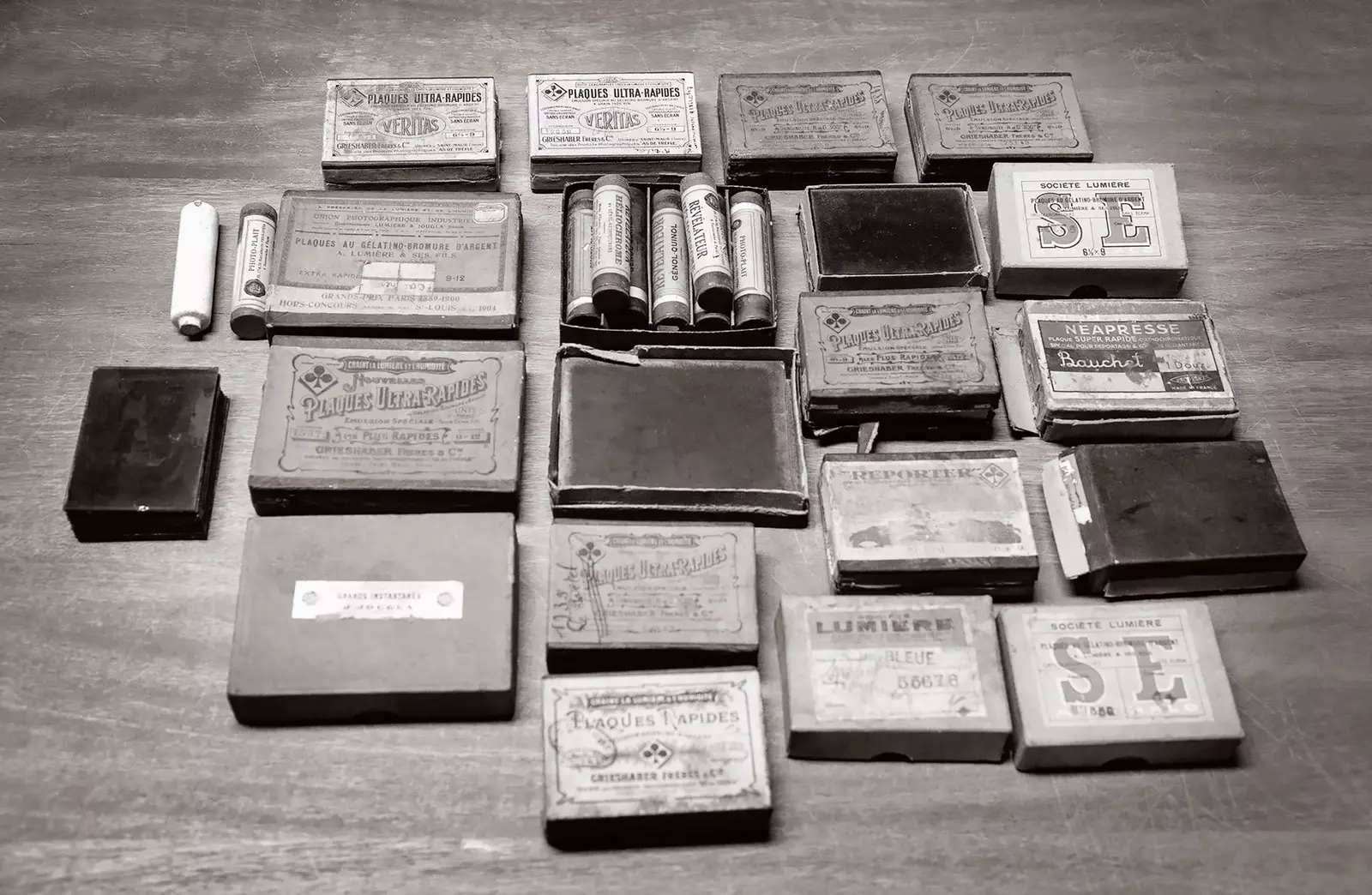
Wattebled plaques, found at El Rastro by Paco Gómez. (two)
From that search, he will discover that this book, as well as many others from the publisher ( The Modlins , 2013; Project K , 2016; You will return to Antarctica , 2019; Geography of a failed fetishist , 2025) were self-published and self-financed through crowdfunding campaigns, which led him to be proclaimed self-publishing champion in Spain.
The collector will be surprised by the multitude of data that he will find about Gómez , some of them somewhat confusing or even bordering on fiction: a tall, bearded man with a lot of hair and a sense of humor, who was a photographer –revelation prize in PhotoSpain 2002 –, Member of artistic groups, writer, curator of exhibitions, garbage collector –which allowed him to create his first and successful book, The Modlins –, civil engineer, detective and alleged basketball player who, according to what he himself declared to various media, had doubles of himself scattered around the world –including the humorist and former president of Spain, Ignatius Farray–.
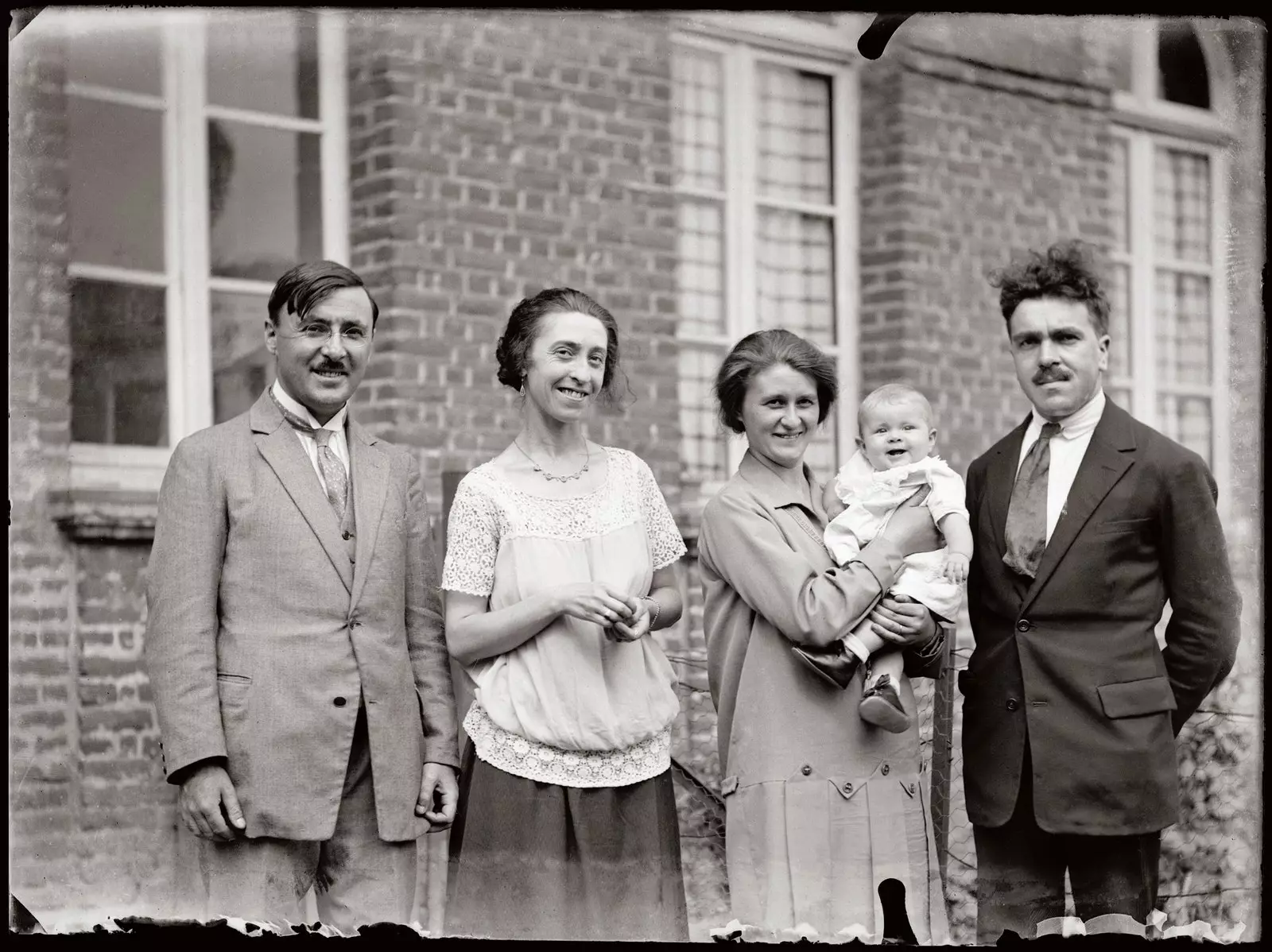
Wattebled's family
Despite the temporary abyss of more than a hundred years, the collector will connect in a very personal way with Paco Gómez. Like him, Gómez was passionate about history and toured old markets in search of traces of the past, although the Spanish he focused on photography, searching for family pictures and albums in order to see how people represented life inside their houses . He was interested in the relationship between people and photography before it was distorted –annihilated– by the engulfing growth of social networks.
In this way he got to Joseph Wattebled , a French amateur photographer whom he met several boxes of old glass negatives –Used at the dawn of photography– in which he immortalized the history of his family.
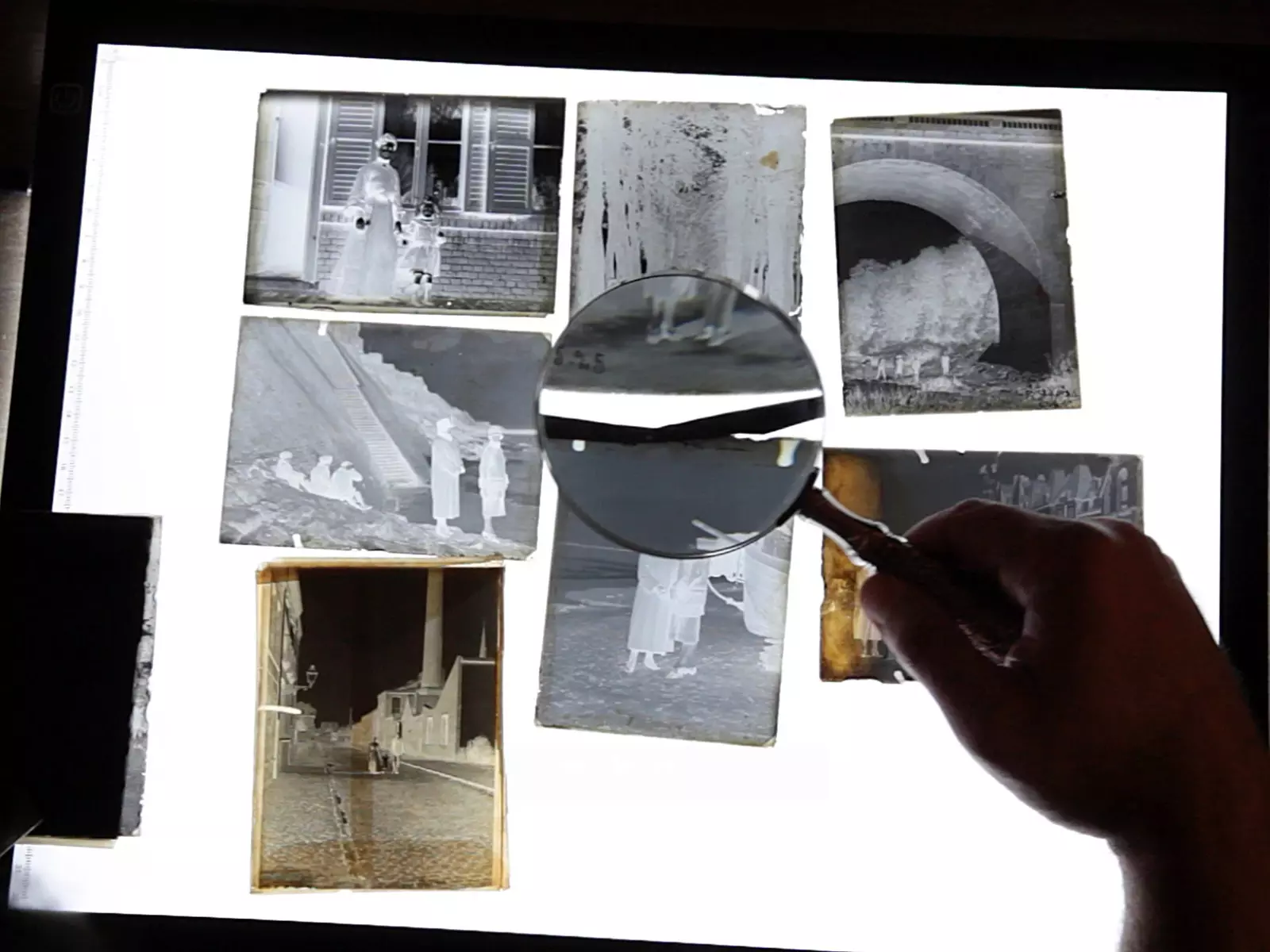
Paco Gómez examines the Wattebled materials found at El Rastro
Attracted by the quality, the special look and the story of Wattebled (just as the collector will feel for the figure of Gómez), the Spanish photographer embarked on an adventure on the roads of France with a few clues and a bunch of photographs taken by the Frenchman between the 20s and 40s of the 20th century. . His goal was reconstruct the film of a man who suddenly and mysteriously left photography . All this, the collector will find it in that book, Wattebled or the trail of things , a work where Gómez himself revealed echoes of himself, like his attraction to bridges when visiting the vertiginous Millau Bridge, designed by Norman Foster , or the origin of his love for photography, upon returning to the immense pilat Dune, the place where, as a child, he took the first photo of himself.
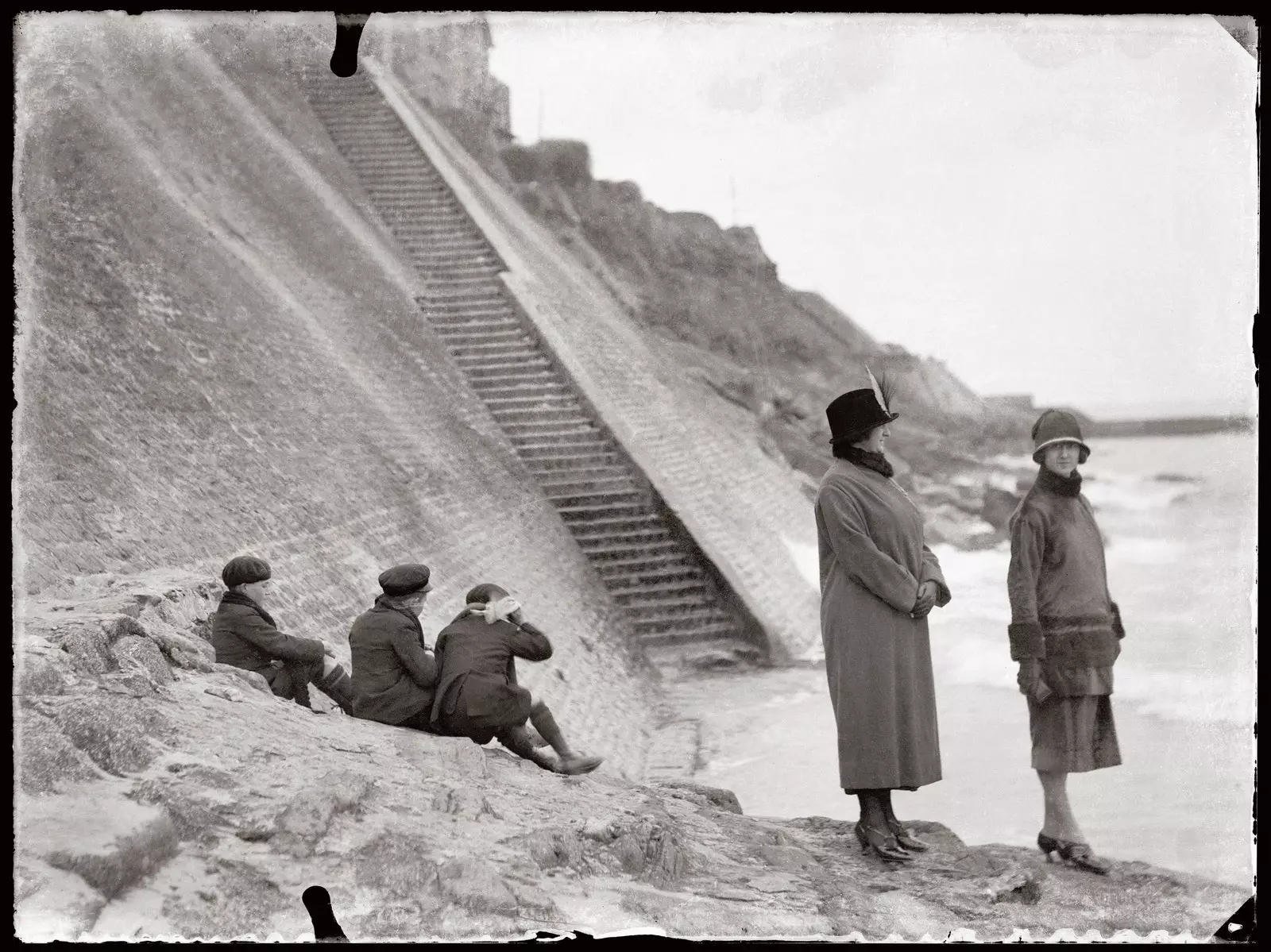
Family picture captured by Wattebled
The collector will visit archives and institutions in search of information about Gómez to try to contact his descendants. A great-grandniece will be the only relative he will come into contact with: " I remember few things about great-grandfather Paco "–She will explain this to you–" My grandmother used to say that her uncle did strange things like bringing objects from the street or going away for days to investigate unknown people. She told us that many times they heard her explain to the press things like that 'she found satisfaction in the useless act of honoring experiences of anonymous beings that not even the characters themselves would remember'. She also told us that she loved to use the word things".
The hunter of rarities will discover, little by little, the depth of thought of that Spanish photographer who considered his profession –already on the verge of extinction at that time, before being totally distorted by social networks– as a vehicle with narrative capabilities, as a way of freezing the past to later rescue it and highlight the immutable nature of some aspects of the world– the environment, the space – and the variability of other –human beings, their attitudes–.
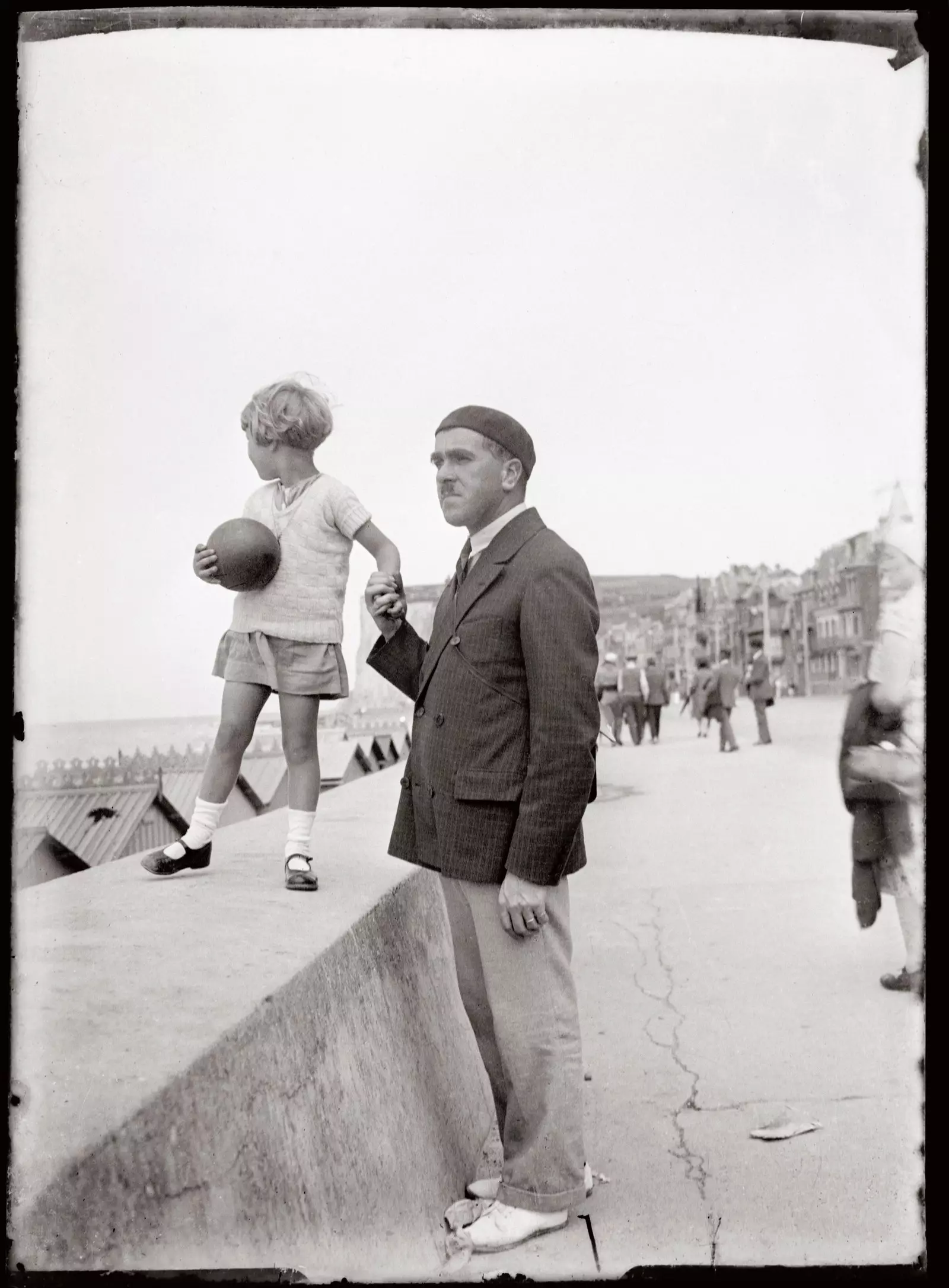
Family picture captured by Wattebled
Shocked by the direct discovery of a time where human creativity still served to tell stories , the collector will enter a phase of permanent silence, unable to relate to his peers. His only aspiration, then, will be to survive long enough to see the completion of the space-time machine, announced for decades by the aerospace giant Space X . That will be his last escape route, the one that will allow him to go back a century to meet Paco Gómez in person, the man who undertook another journey through space-time to rescue the story of a stranger and pay homage to all those who , once, loved photography.
(This futuristic chronicle has been constructed from the interview carried out by Traveler.es with the photographer Paco Gómez on the occasion of the publication of his latest book, Wattebled or the trail of things).
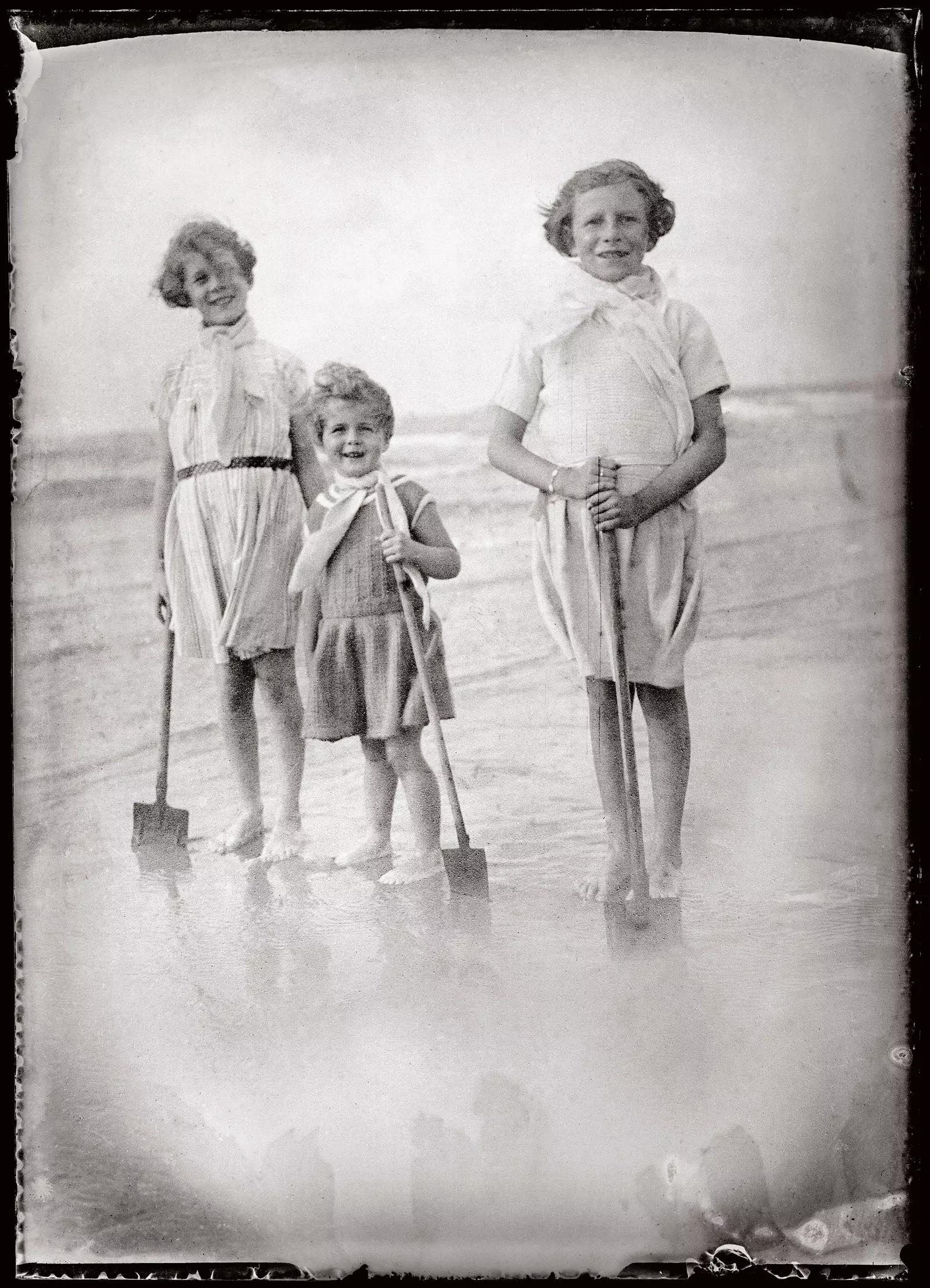
Family picture captured by Wattebled
